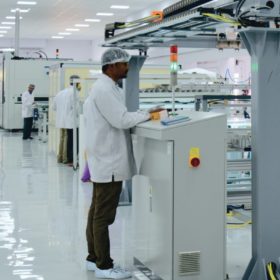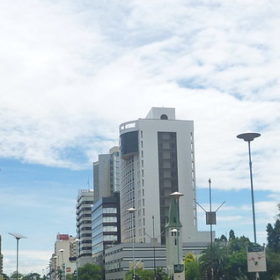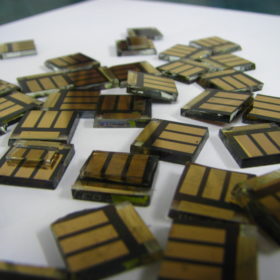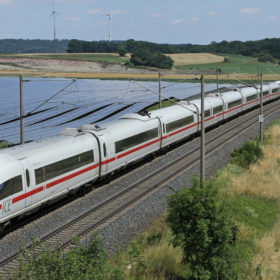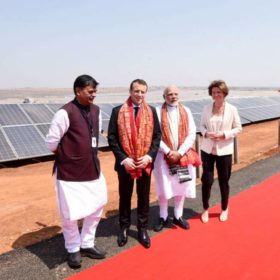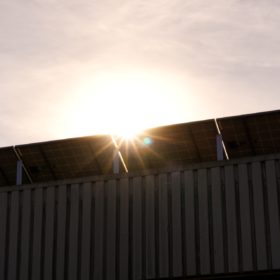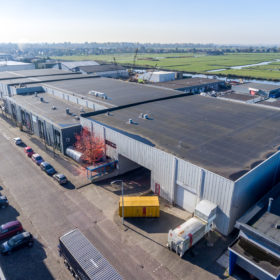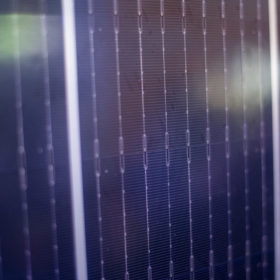India’s solar cell and module exports grow 157% in eight months
Following a dip in the last fiscal year, the value of cell exports saw a massive surge to an estimated INR13.3 billion from April to November. Exports to the U.S. tripled during the eight-month period as shipments to Turkey and Belgium rebounded to become the next two biggest export markets.
Zimbabwe set for real solar growth
The government has decided to implement a proper independent power producer development plan for large scale PV, with the help of the World Bank.
Watch how to improve perovskite solar cells in 2D!
Saudi researchers claim to have improved the thermal stability and moisture resistance of such devices by replacing 3D hybrid perovskite with two-dimensional compounds. They used organic compound ethanolamine, which is said to provide better results in slowing down the hot-carrier cooling process.
Israel launches 300 MW solar-plus-storage tender
The government wants a 300 MW solar plant linked to large scale storage in the Negev desert. Construction is planned for late 2021 and completion in 2023.
Railway-connected large scale PV project announced in Germany
A 42 MW solar park will be built in eastern Germany to generate power for the 16.7 Hz network of German rail operator, Deutsche Bahn. Construction is expected to start once final approvals are received from local authorities.
Engie sells controlling stake in 813 MW Indian solar portfolio
This transaction is part of Engie’s develop, build, share and operate strategy which involves selling part of its stake in renewables assets while carrying out operations and maintenance.
New process could yield 26.6% efficient IBC cells
Researchers in Germany are trialing a host of new processes and materials to develop interdigitated back contact solar cells. A deposition technology named ‘hot-wire’ chemical vapor deposition, is said to provide excellent passivation without the need for treatments such as recrystallization or hydrogenation.
Deal reached to keep Energyra module production in the Netherlands
The Dutch PV manufacturer plans to start production this year after a last-minute rescue package arrived as the company’s equipment was being auctioned off.
Qatar’s 800 MW tender draws world record solar power price of $0.01567/kWh
Utility Kahramaa has revealed the winning consortium initially offered $0.01745/kWh with the price then reduced based on financial market indices.
A new front electrode structure for shingled PV panels
Researchers in Korea have proposed a new design for dividing and bonding which is said to provide higher efficiency from fewer fingers. The number of fingers optimized for division into five cells was 128 and for three, 171. Five offer power conversion efficiency of 17.346% and three 16.855%.
